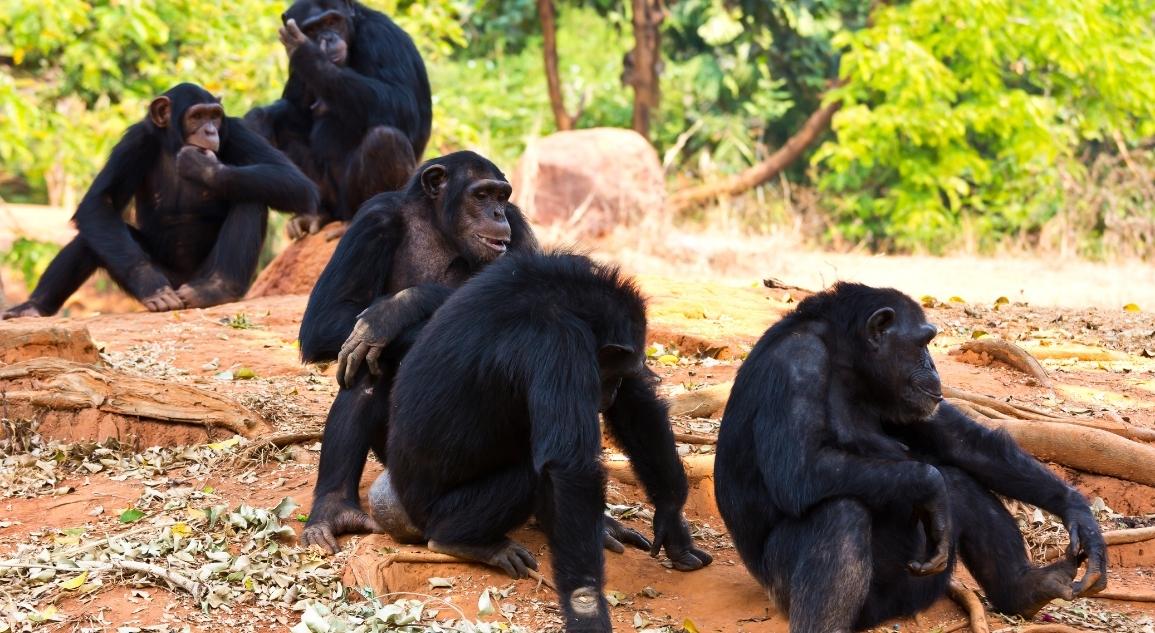Gombe is the smallest of Tanzania's national parks, covering an area of 52 sq km is 16 kms north of Kigoma on the shore of Lake Tanganyika in western Tanzania.
Its chimpanzees – habituated to human visitors – were made famous by the pioneering work of Jane Goodall, who in 1960 founded a behavioural research program that now stands as the longest-running study of its kind in the world.
Chimpanzees share about 98% of their genes with humans, and no scientific expertise is required to distinguish between the individual repertoires of pants, hoots and screams that define the celebrities, the powerbrokers, and the supporting characters.
The most visible of Gombe’s other mammals are also primates. A troop of beachcomber olive baboons, is exceptionally habituated, while red-tailed and red colobus monkeys - regularly hunted by chimps, stick to the forest canopy.
The chimps don't roam as far in the wet season (February-June, November-mid December) so may be easier to find; better picture opportunities in the dry (July-October and late December). At least 2 days are required to see them – this is not a zoo so there are no guarantees where they'll be each day.
MAHALE MOUNTAINS NATIONAL PARK
The Mahale Mountains National Park covers an area of 1,613 sq km and is locate in the Western Tanzania, bordering Lake Tanganyika. It can be reached from Arusha, Dar or Kigoma by flights or by motorboat from Kigoma which takes about three to four hours.
Mahale Mountains, like its northerly neighbour Gombe Stream, is home to some of Africa’s last remaining wild chimpanzees: a population of roughly 800, habituated to human visitors by a Japanese research project founded in the 1960s. Tracking the chimps of Mahale is a magical experience.
The area is also known as Nkungwe, after the park's largest mountain, held sacred by the local Tongwe people, and at 2,460 metres (8,069 ft) the highest of the six prominent points that make up the Mahale Range. While chimpanzees are the star attraction, the slopes support a diverse forest fauna, including red colobus, red-tailed and blue monkeys and colourful forest birds.
Activities that can be done at Mahale are: Chimp tracking (allow two days); hiking; camping safaris; snorkelling; fish for your dinner. The dry season (May-October) is the best for forest walks although no problem in the light rains of October/November.

